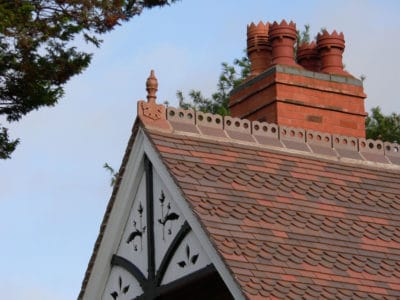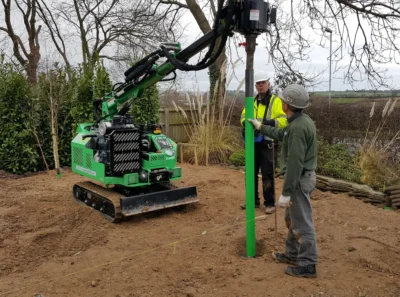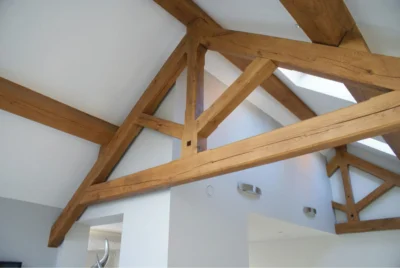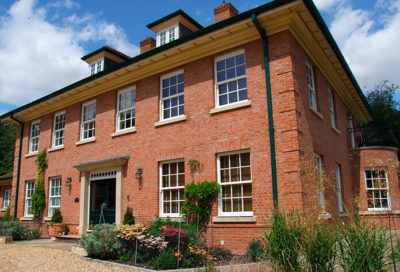British-Grown Timber: Benefits of UK Wood for Your Home Building Project
Timber is beautiful, tactile, versatile and is one of the few building materials that is able to grow back. It can be used in so many areas of construction: walling systems, roof structures, external cladding, flooring, doors, mouldings and much more besides.
Using local timber suppliers can help your home to sit comfortably in its environment, as well as reduce transportation costs and greenhouse gas emissions. Plus, choosing British-grown timber supports our woodlands.
Here’s a closer look at why you should consider British timber for your self build, renovation or extension project.
UK timber availability & value for money
All timber products are currently in short supply, and looking for home-grown timber can be the answer. Wood shortages, post-Brexit red tape and climate change are forcing us to learn about supply chains, how fragile they can be and their environmental impact.
High demand has brought attention to the fact that over 80% of the wood used in Britain is imported. And some of it has travelled surprisingly far to get to our shores.
Timber shortages have occurred because of a surge in demand, as well as a squeeze on supply, as building booms have happened across the globe.
You can’t always directly compare the price of home-grown timber with imported products, but in some cases they are interchangeable.
Canadian cedar cladding is very hard to obtain at a decent price at the moment. Home-grown timber, such as the British cedar we offer at Vastern Timber, is a good alternative.
Similarly, British larch cladding is a strong option over Siberian larch.
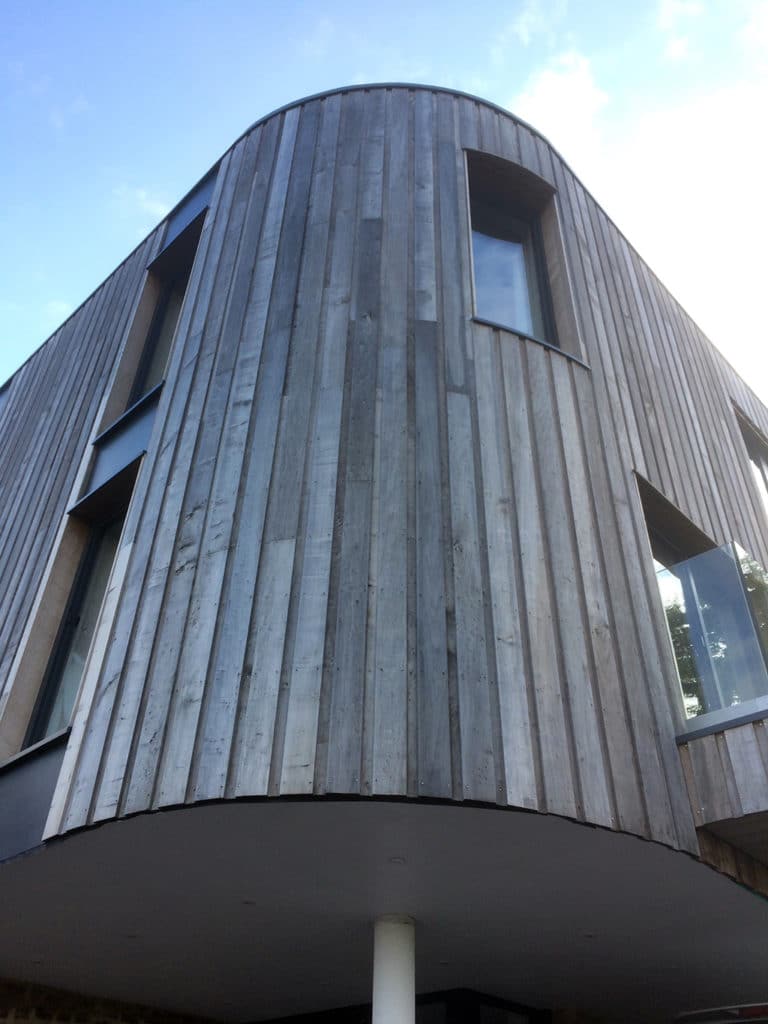
This weathered Brimstone Popular cladding from Vastern Timber is made using UK-grown wood
At Vastern Timber, we’re committed to quality and developing innovative products from the timber grown in Britain.
Since 2016, we have produced a range of thermally modified British timbers called Brimstone that are as durable, stable and beautiful as any imported hardwood, and in many cases more cost effective.
Our Brimstone poplar, for example, is another great alternative to Canadian cedar.
Watch Video: Comparing British & Canadian cedar cladding >
Sustainability of British timber
A responsibly sourced product is the one that does the least environmental damage during its creation, use and eventual disposal.
Few materials, if any, are truly sustainable. All the products we use in our buildings will cause some damage to our environment, but certified timber can reduce your project’s carbon emissions compared to the likes of concrete, plastic and steel.
Shipping accounts for around 2.5% of global greenhouse gas emissions, so where the wood comes from is important. In simple terms, the closer the forest, the lower the emissions,
and that is why opting for home-grown British wood is a sensible choice.
We have far more influence on our woodlands than we do on those in other countries, and when you buy locally you help to fund the planting and upkeep of your local woodlands.
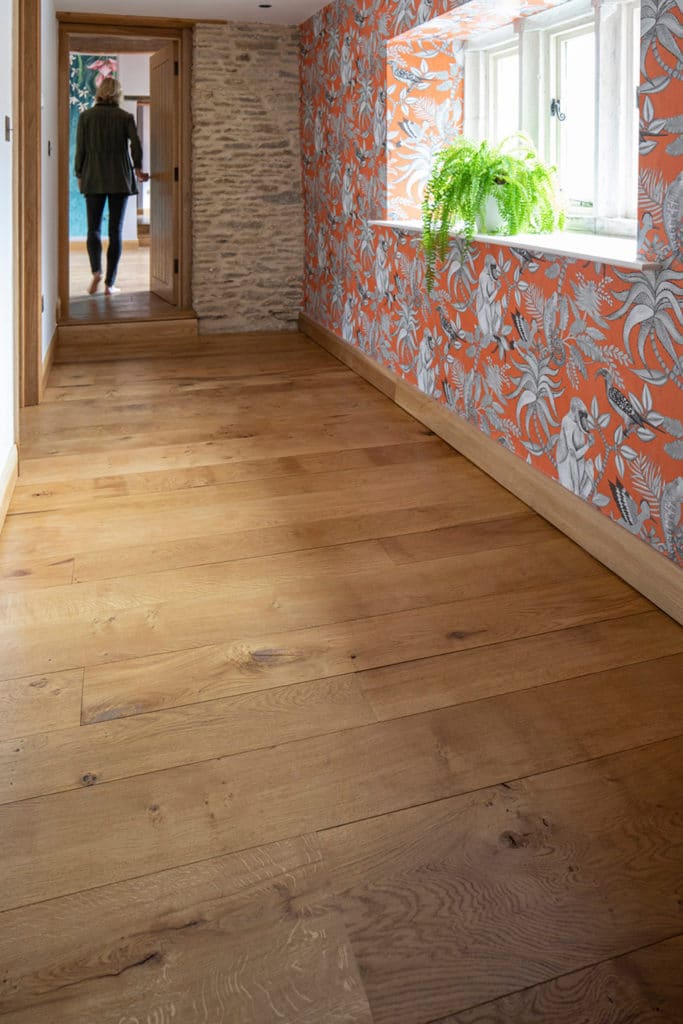
Solid oak flooring from Vastern Timber, made in the UK from locally sourced wood
Purchasing power shapes the world around us and, as a consumer, you can question suppliers. Ask where products come from, how they are made and how they can be disposed of or reused.
There are some certifications to look out for. Environmental Product Declarations provide important information, for instance, while the Grown In Britain label confirms a product is responsibly grown in the UK.
Build It Product Specifier: Vastern Timber’s jointed British sweet chestnut cladding >
Wood is one of the least damaging building materials we have at our disposal, and that is why we are using more and more of it to build our homes. Taking that extra step to source from nearby is even better.
Final thoughts
Globalisation and accelerating consumption have caused great damage to our planet, and we each have choices to make about how we behave from here on.
We all need somewhere to live, but if we have any chance of reaching net zero for carbon, our future homes simply cannot create the embodied carbon emissions or produce the emissions during use that houses of the past have done.
I believe wood can play a big part in making our homes less damaging and I am convinced by the common sense approach of keeping our supply chains as short as possible and the impact of our consumption as local as possible.
So, as well as price and availability, please remember to ask where the wood has come from. If it’s from a far-flung corner of the globe, enquire about home-grown alternatives.
| Tom Barnes is managing director of Vastern Timber, a British hardwood sawmill and timber merchant based in Wiltshire. He believes the wood from our local trees offers us one of the best building materials to support a low carbon future. |
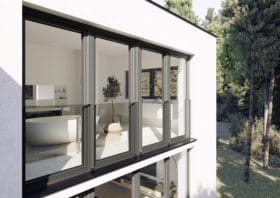
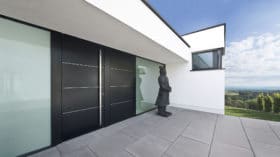






























































































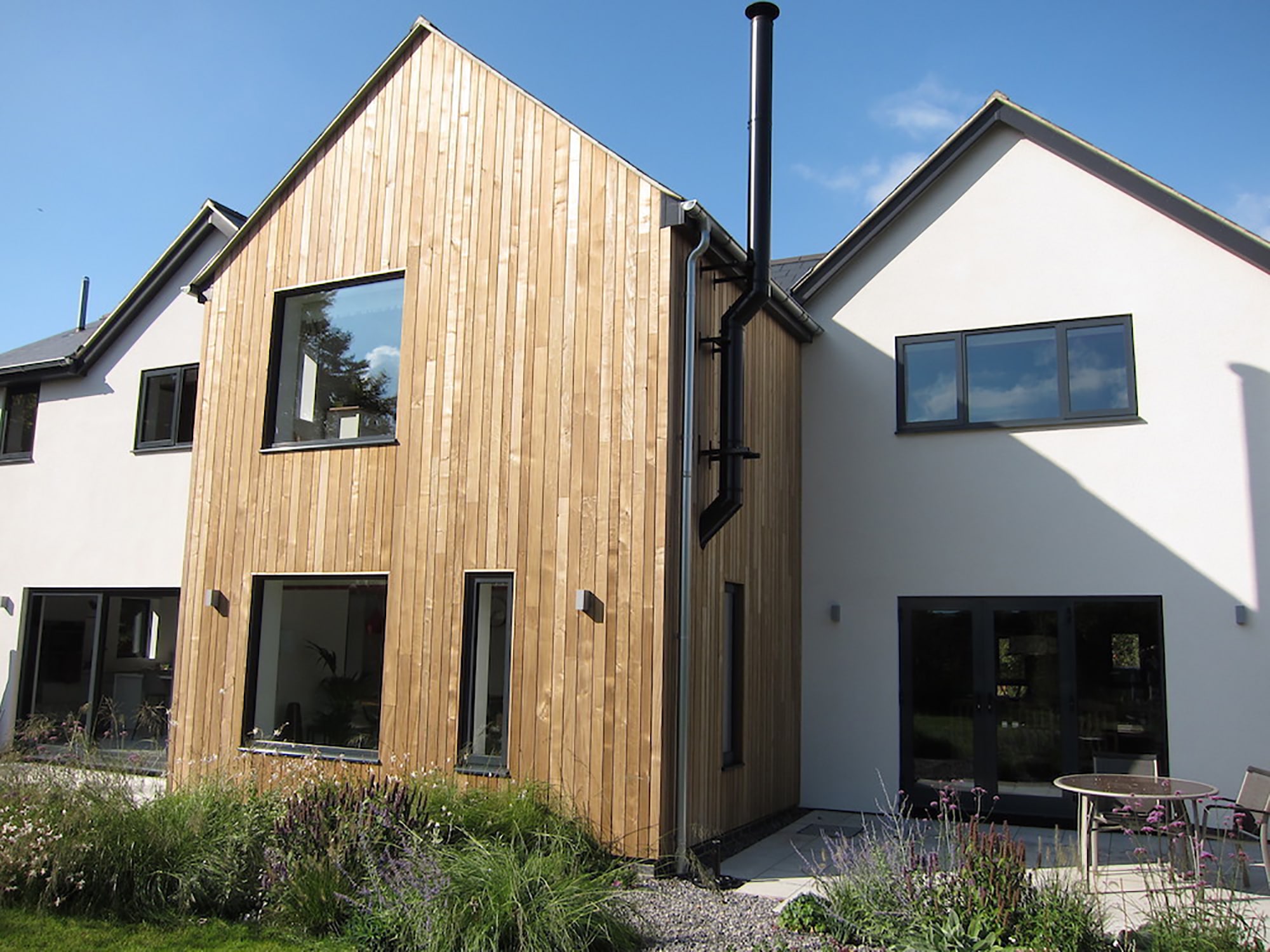
 Login/register to save Article for later
Login/register to save Article for later




